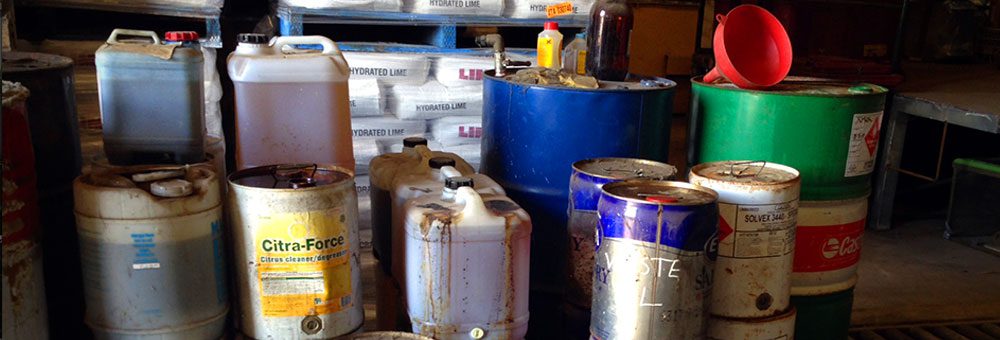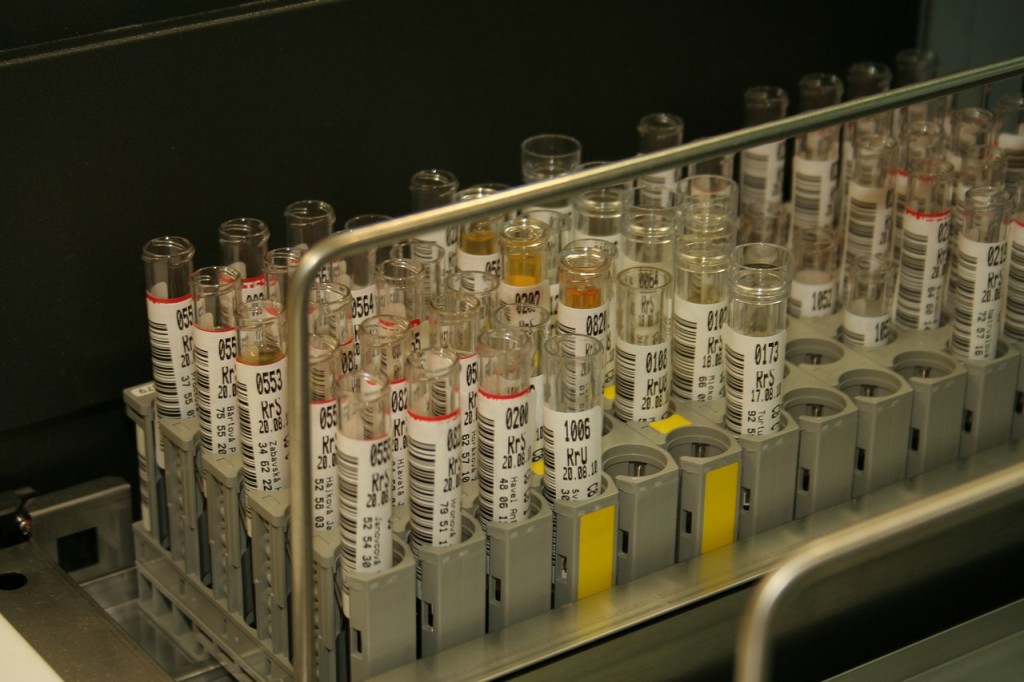Innovative Industrial Wastewater Treatment Solutions: Securing the Atmosphere
Innovative Industrial Wastewater Treatment Solutions: Securing the Atmosphere
Blog Article
Understanding the Comprehensive Process of Fluid Garbage Disposal: Ideal Practices and Environmental Impact Considerations
The administration of fluid waste disposal is a complex concern that calls for an extensive understanding of various ideal methods and their connected environmental effects. From the kinds of liquid waste produced to the methods utilized for collection, therapy, and final disposal, each action plays a vital duty in guarding environments and public health and wellness.
Kinds Of Fluid Waste
Understanding the numerous kinds of liquid waste is crucial for reliable management and disposal methods. Fluid waste can be broadly categorized into numerous kinds, each requiring special handling and therapy approaches.
Industrial liquid waste commonly contains hazardous materials, consisting of hefty steels, solvents, and chemicals, generated during producing processes. These wastes require strict governing conformity to protect human health and the environment. Domestic liquid waste largely refers to wastewater produced from households, consisting of sewer and greywater, which, although less hazardous, can still posture significant risks if improperly managed.
Agricultural liquid waste, including overflow from farms, commonly consists of plant foods and chemicals that can result in environmental deterioration otherwise dealt with appropriately. Medical liquid waste, generated from healthcare centers, consists of infected liquids such as physical fluids and chemicals, calling for specialized disposal techniques to stop infection and ecological contamination.
Last but not least, oil and oil waste, commonly generated by dining establishments and automobile industries, can cause serious blockages in sewage system systems if not managed correctly. Comprehending these categories assists in targeted strategies for treatment, compliance with laws, and reliable disposal techniques, ultimately advertising ecological sustainability and public health safety.

Collection Approaches
Efficient collection methods are crucial for the correct administration of fluid waste, making sure that it is gathered safely and successfully before therapy or disposal. Different techniques are utilized depending upon the type of fluid waste generated, the volume, and the specific features of the waste.
One usual technique is making use of dedicated collection storage tanks or sumps, which are designed to capture fluid waste at the source. These systems usually integrate pumps that help with the transfer of waste to larger storage containers or treatment centers. Additionally, mobile collection systems outfitted with vacuum innovation are used in situations where waste is produced periodically or in hard-to-reach locations.
For industrial setups, closed-loop systems can effectively lessen leaks and spills, allowing for the healing and reuse of fluid waste. It is also vital to educate personnel on correct collection procedures to minimize risks connected with harmful substances.
In addition, implementing regular maintenance routines for collection tools makes certain optimal performance and safety. The combination of sophisticated tracking systems can improve collection performance by supplying real-time information on waste degrees and potential hazards. In general, efficient collection techniques are fundamental to lasting liquid waste management methods.
Therapy Procedures
Treatment procedures play a vital role in the management of fluid waste, transforming potentially unsafe materials into safe effluents or reusable sources - liquid waste disposal. These processes can be extensively categorized into physical, chemical, and biological methods, each customized to resolve details impurities existing in the waste stream
Physical treatment methods, such as sedimentation and purification, job by eliminating suspended solids and particulate matter. These techniques are frequently the primary step in the therapy chain, successfully minimizing the tons on subsequent procedures. Chemical therapies include the use of reagents to counteract dangerous materials, precipitate hefty metals, or oxidize natural contaminants, thereby boosting the security of the effluent.
Biological therapy procedures, including turned on sludge systems and anaerobic digestion, take advantage of on the all-natural capabilities of bacteria to weaken organic issue. These approaches are especially reliable for wastewater containing biodegradable pollutants. Advanced treatment modern technologies, such as membrane purification and progressed oxidation processes, are significantly utilized to accomplish higher levels of purification.
Including a mix of these therapy approaches not just makes certain compliance with regulative criteria yet additionally promotes environmental sustainability by recouping valuable sources look at this website from liquid waste.
Disposal Options
How can companies make certain the safe and accountable disposal of fluid waste? Effective disposal alternatives are essential for securing public wellness and the setting. The key methods include land disposal, treatment, and incineration complied with by discharge into metropolitan wastewater systems.
Land disposal involves the careful containment of fluid waste in designated land fills, ensuring that it does not leach into bordering dirt or water. Incineration, on the various other hand, topics liquid waste to high temperatures, converting it into ash and gases, which call for proper filtration to lessen exhausts. This method is ideal for dangerous wastes that can not be dealt with through typical ways.
In cases where liquid waste can be treated, organizations might go with biological or chemical treatment procedures to neutralize harmful components before releasing the dealt with effluent into metropolitan systems. This course usually aligns with regulatory demands, guaranteeing that the effluent fulfills security standards.
Eventually, organizations need to conduct comprehensive assessments of each disposal choice to determine its stability, considering factors such as waste structure, governing conformity, and potential threats to health and wellness and the atmosphere. By choosing proper disposal approaches, companies can contribute to a responsible waste management method.
Environmental Effect
The ecological influence of fluid waste Go Here disposal is a vital factor to consider for companies looking for to decrease their ecological footprint. Additionally, the discharge of without treatment or improperly dealt with waste into surface waters can result in eutrophication, leading to oxygen depletion and the subsequent death of fish and other microorganisms.

To minimize these effects, organizations should embrace best techniques such as executing rigorous waste treatment procedures, advertising recycling and reuse, and adhering to regulatory criteria. By taking an aggressive technique to liquid waste management, entities can considerably reduce their environmental impact while sustaining lasting advancement goals. Ultimately, an extensive understanding of the environmental influences related to liquid garbage disposal is important for educated decision-making and responsible stewardship of all-natural resources.
Conclusion
Efficient administration of liquid waste is critical for guarding environmental honesty and public health and wellness. By adopting finest practices in collection, therapy, and disposal, alongside adherence to governing requirements, the potential for dangerous contamination of environments can be considerably reduced. Constant innovations in innovation and procedures add to lasting waste monitoring efforts. Ultimately, a comprehensive understanding of liquid garbage disposal not just mitigates ecological influences however likewise cultivates a commitment to responsible source administration and ecological stewardship.
The monitoring of liquid waste disposal is a multifaceted problem that needs a complete understanding of different ideal practices and their linked ecological impacts. From the kinds of fluid waste created to the approaches employed for collection, treatment, and final disposal, each action plays a vital duty in safeguarding ecosystems and public health and wellness.The environmental effect of fluid waste disposal is an important consideration for organizations seeking to lessen their environmental impact. Ultimately, a comprehensive understanding of the environmental impacts connected with fluid waste disposal is important for notified decision-making and responsible stewardship of natural resources.
Inevitably, a detailed understanding of liquid waste disposal not just alleviates ecological impacts yet likewise cultivates a commitment to accountable source administration site link and ecological stewardship.
Report this page